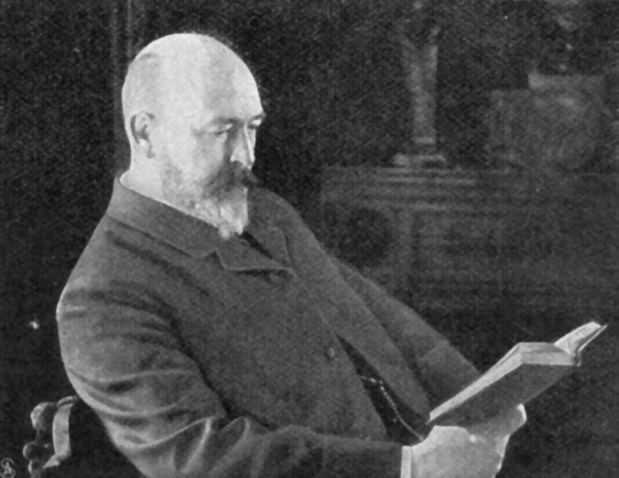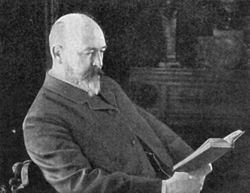Name Hermann Prell | ||
 | ||
Hermann Prell (April 29, 1854 – May 18, 1922) was a German history painter and sculptor.

Life and work

He was born at Leipzig and studied under Theodor Grosse in Dresden and Karl Gussow in Berlin, then went to Italy to study fresco painting with Hans von Marées, in which style he produced the bulk of his works.
Most notable are:
Prell was a teacher at the Prussian Academy of Art from 1886 to 1892, when he was appointed a Professor at the Dresden Academy of Fine Arts. He remained there until hi retirement in 1914. He ranks as one of the foremost German historical painters of his time. He is especially known for his successful use of casein colors in fresco. In later life, he executed sculptures. He maintained a studio in a villa on the banks of Elbe from 1897 until his death in Loschwitz in 1922.
Many of his works, especially his easel paintings, were destroyed during the fire-bombing of Dresden in 1945.
